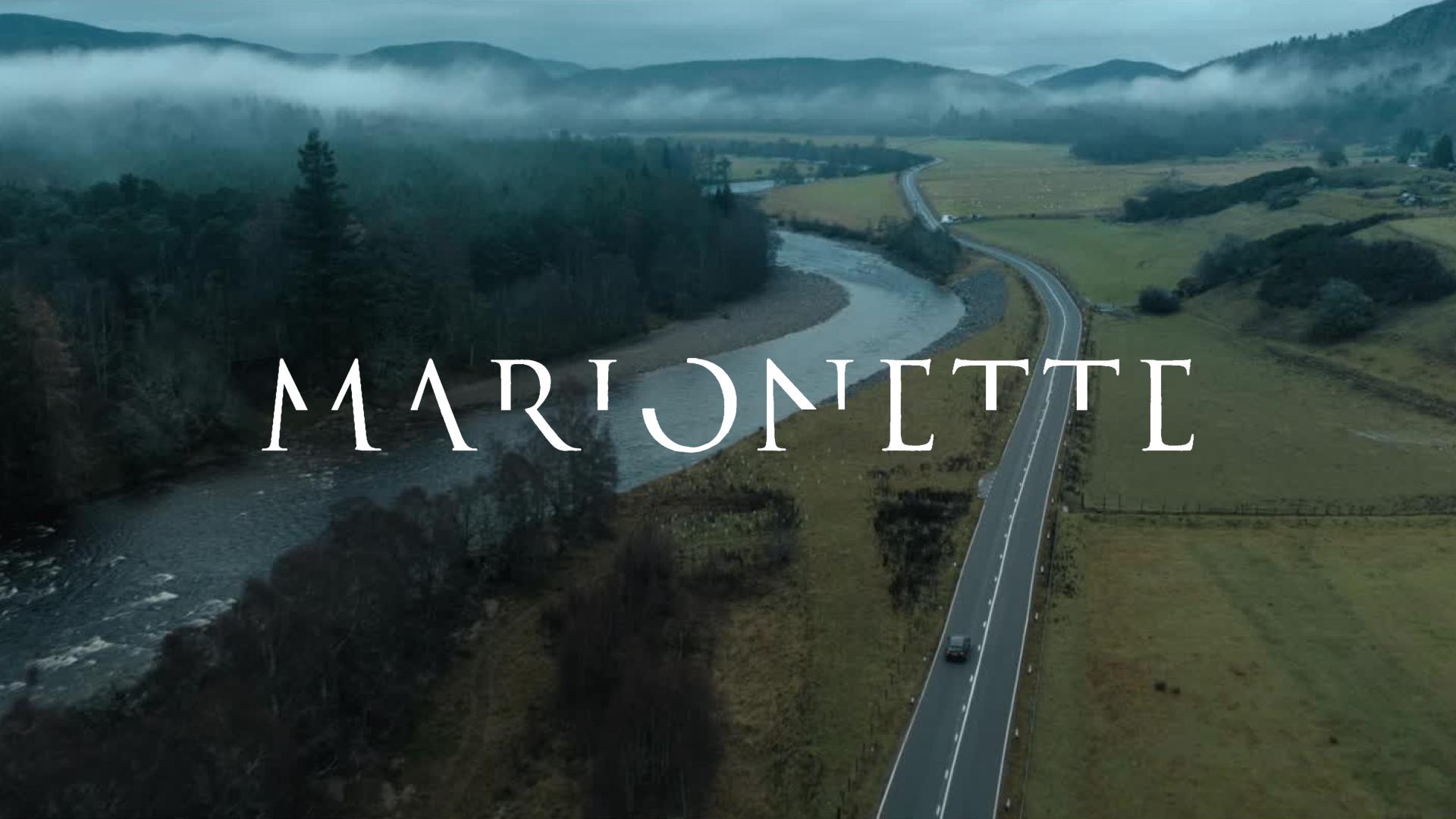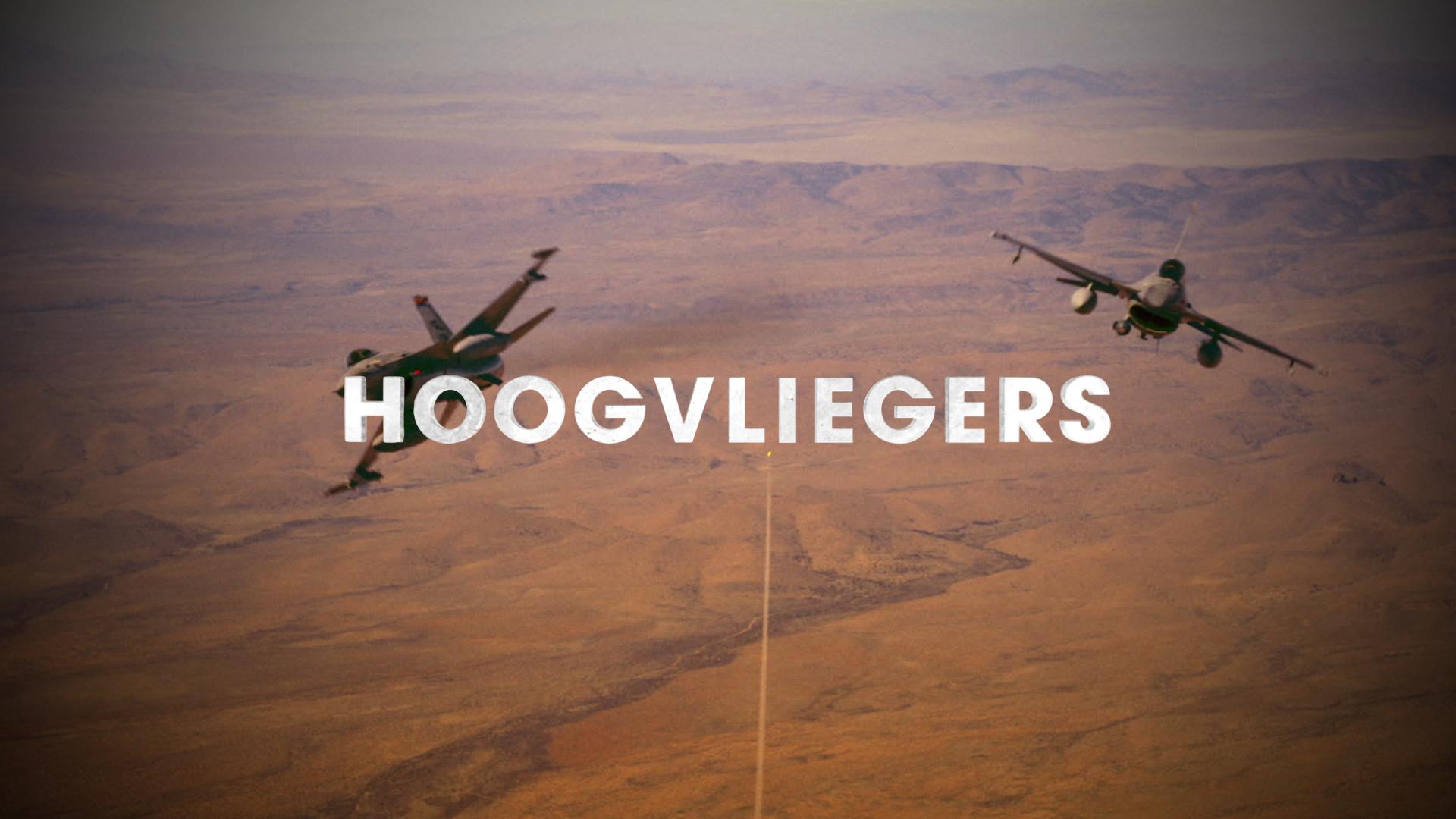
Virtual production played a significant role during the pre-production of 'Tailgate' (Bumperkleef). Find more about this proces under the VR tab.
More traditional VFX work on Bumperkleef focused on stitching plates together to create even more hazardous traffic situations, helping stunts and assisting in fixing minor imperfections of the LED backgrounds. Planet X Title Design was involved with creating the vintage feel titles for the film.
Virtual production played a significant role during the pre-production of 'Tailgate' (Bumperkleef). Planet X Technologies' VR platform DeepSpace was used to plan the complex logistics of shooting on a closed-down highway.
Stepping into a virtual version of a future film set allows the DOP and director to simulate a shooting day. Trying out different angles and lenses while covering long runs of action (that can be downloaded as Quicktime clips afterwards), provides ample footage for creating detailed previs. The results can be used to brief other heads of department or crew on all levels of involvement.
Using virtual production
The production was able to close down only a small (5 kilometer) strip of highway, so each shooting day had to be meticulously planned and prepared. Dozens of precision drivers needed to know exactly what to do at what point in the scene to convincingly sell the scene. The 5 km highway section allowed for about 5 minutes of shooting time per take and resetting the whole caravan of cars took about 45 minutes for each rerun. Lodewijk Crijns, the director of Bumperkleef, is also an illustrator and did a complete first storyboard draft for all the exterior action scenes. His drawings became the blueprints for an extensive tech-and previs setup that captured the mise-en-scene and movements of all the cars involved (both hero and extras). Up until this point the steps that needed to be taken are similar to a traditional approach for tech-and previs (as in: creating simple animatics to visualize and test the ideas and communicate them to the rest of the crew), but the added value of a platform such as DeepSpace only becomes apparent when the scene is made available in VR.
Behind the scenes - part 1. A simulated shooting day
The DOP of Bumperkleef, Bert Pot, NSC, was able to simulate a shooting day through DeepSpace by taking the camera, along with the actual set of lenses, ‘into the scene’ that was optimized for VR using Unity. Bert was able to choose different angles and lenses while running the scene over and over again, also having the possibility to ‘mount’ to each vehicle individually both outside and inside. Doors could be switched on or off on the car assets to allow more ‘space’ for the camera and operator, thus informing the production if something like that would be needed on the actual shooting day as well.
Behind the scenes - part 2. On the road (and beyond)
On the shooting day, the DeepSpace results were shared with the crew of stunt-and precision drivers. A B-unit shot 180° plate footage with a special mount linking 5 DSLR together and syncing their start/stop recording actions. The resulting footage was stitched and stabilized before entering the studio shoot which used the plates as background for the interior scenes with the actors. The advantage of image based lighting (the light that is emitted from the LED walls are bouncing back into the set and light the subject) as well as the freedom of focus and -to a certain extend- movement, was apparent for this production.
The precision drivers are instructed through advanced techvis created in DeepSpace. The complex logistics of the scene asked for careful planning and orchestration, as reset times were significant within a challenging shooting schedule. Stunt coordination by Stuntteam De Beukelaer, Marco Vermaas.
Tailgate 'Bumperkleef' is an action-packed, high-concept film involving a father whose pride steers him -and his family- right into a 90-minute long ‘fight’ on a highway. The production made extensive use of virtual production tools, such as LED screens to shoot the numerous scenes inside the car in a controllable and work-friendly studio environment. For the exterior shots however, Planet X played a less obvious, but crucial role in helping the production’s logistics by making extensive use of its in-house previs VR platform DeepSpace.


